There’s something magical about a classic car that has stood the test of time. Despite their age, some of these old beauties have refused to be relegated to museum pieces, and instead, they’ve continued to cruise the highways. This list highlights 18 vintage cars that defy the ravages of time, proving that age is just a number — at least when you’re made of solid steel and ingenuity.
Mercedes-Benz W123 (1976–1985)
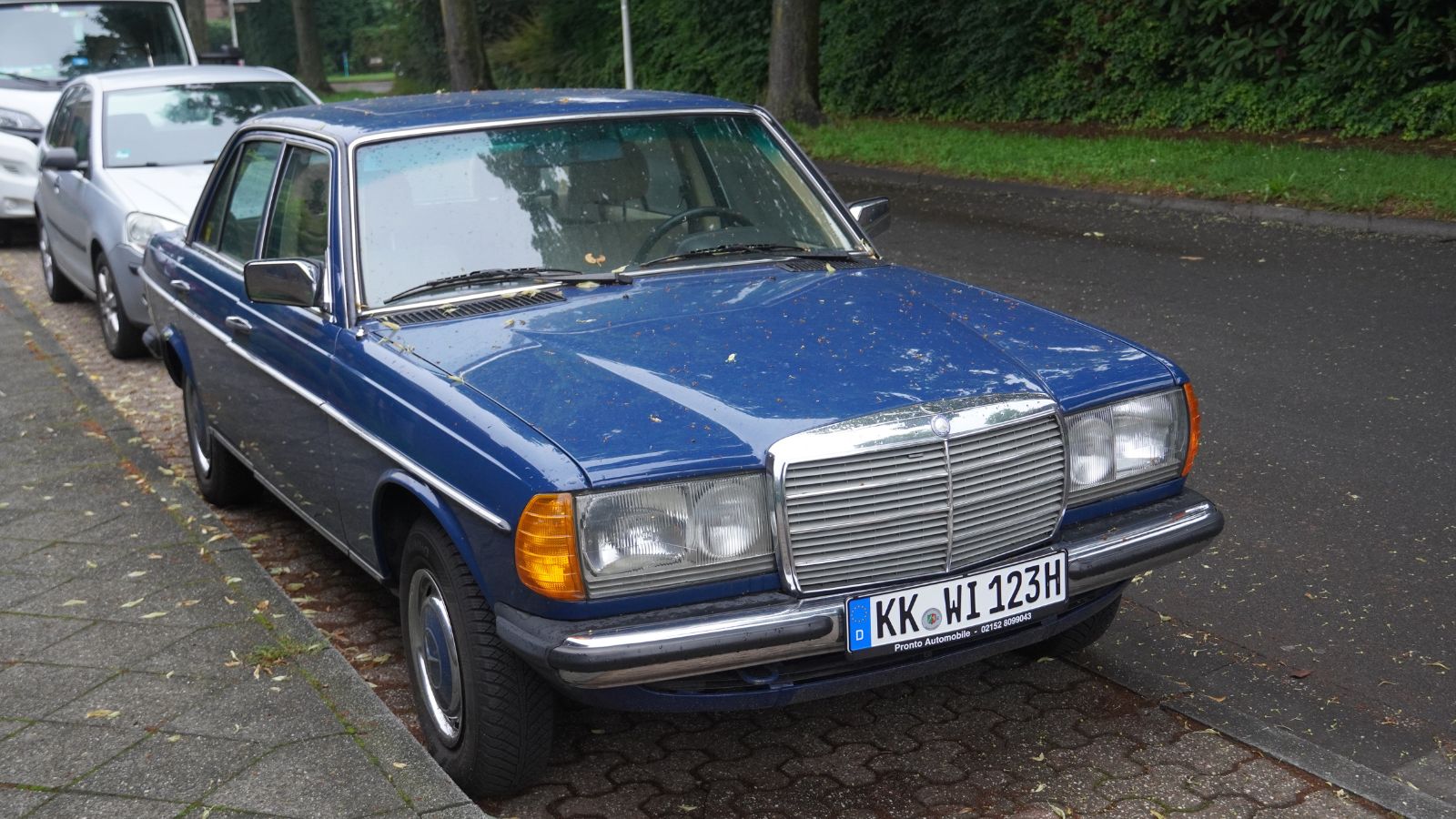
The Mercedes-Benz W123 is known for its unkillable diesel engines. This car was designed for people who never want to visit a mechanic. With its incredibly robust construction, the W123 could hit a million kilometers (roughly 621,371 miles) and still ask for more. It’s no wonder it became a favorite among taxi drivers worldwide, who clocked untold hours behind the wheel without the slightest mechanical complaint.
Volvo 240 (1974–1993)
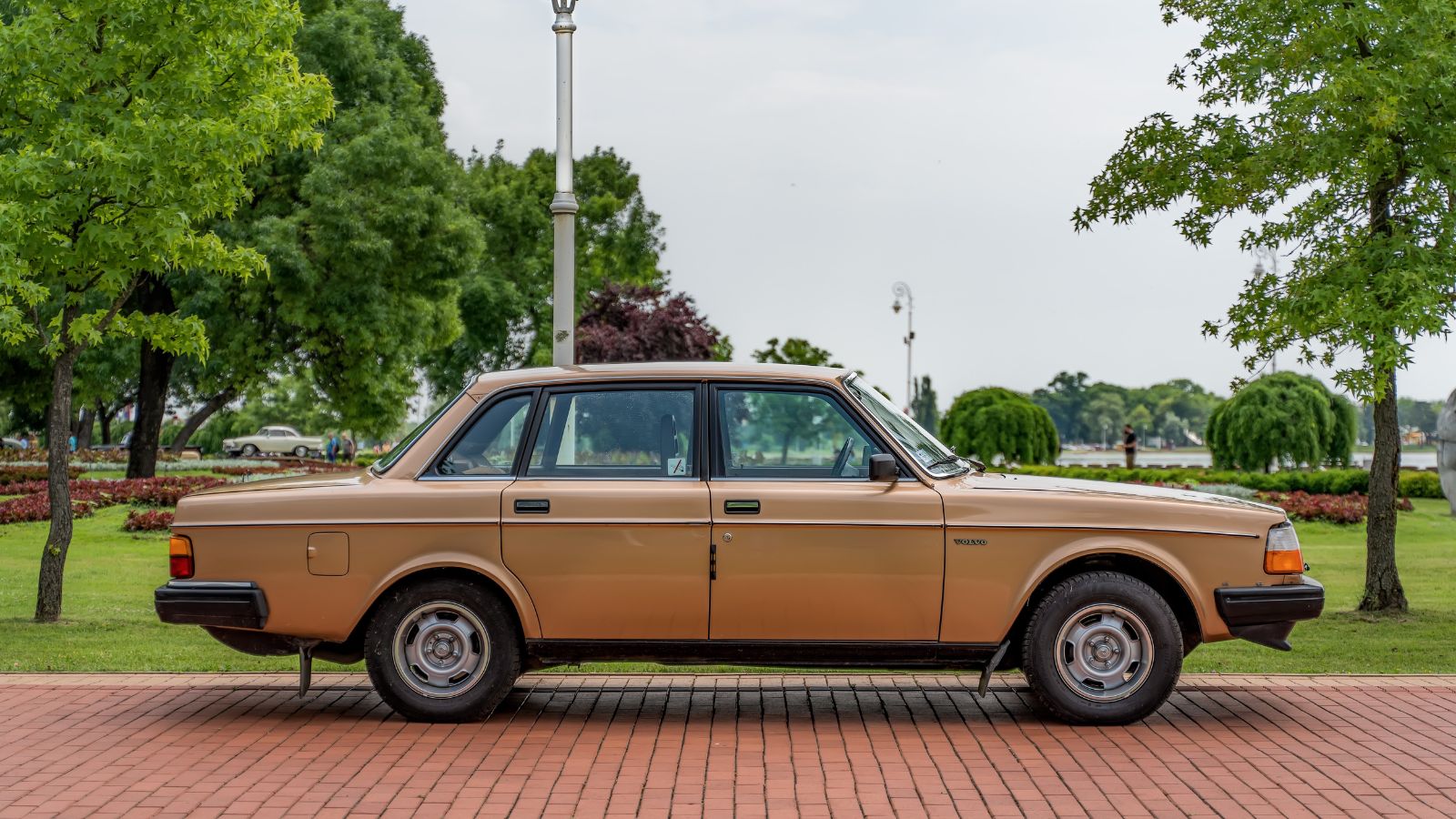
If safety and reliability had a child, it would look like a Volvo 240. Often referred to as a “brick on wheels,” this iconic Swedish sedan made its name by being virtually indestructible. Some have even humorously claimed that these cars will outlive us all. Built with the type of steel that could withstand a small asteroid, the Volvo 240 remains a favorite among vintage car enthusiasts looking for a workhorse immune to the ravages of time.
Volkswagen Beetle (1938–2003)
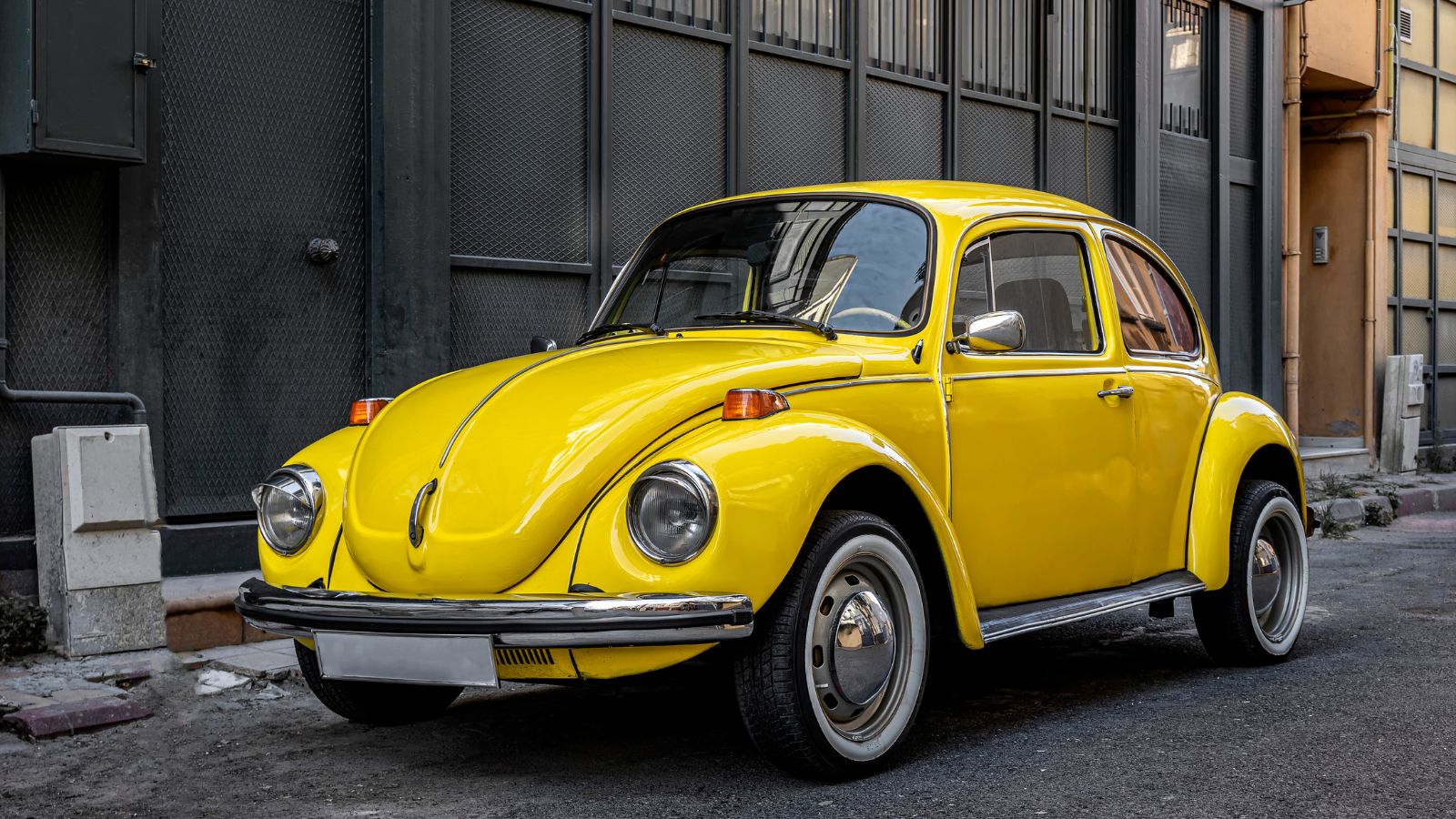
From its birth in Nazi Germany to its flower-power heyday in the 1960s, the Beetle is not just a car; it’s a cultural phenomenon. With over 21 million units sold, its durability is legendary. This little bugger was designed to be simple, reliable, and able to withstand everything from the icy roads of Scandinavia to the deserts of Africa. It was the car that just wouldn’t quit, much like that persistent cousin who always shows up at family gatherings.
Toyota Land Cruiser (1951–present)
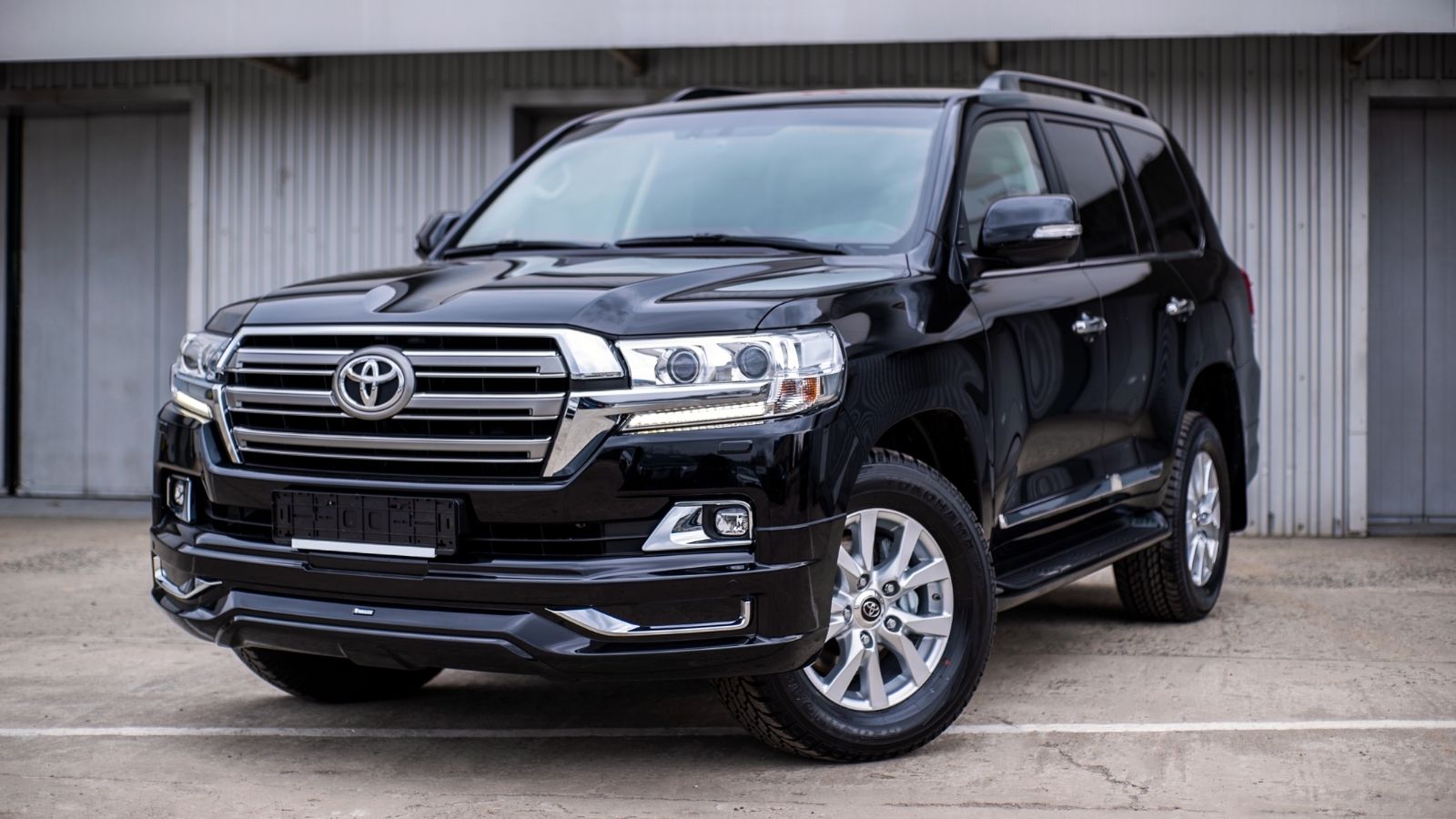
Want to cross the Sahara Desert or conquer the Australian Outback? No problem, take a Toyota Land Cruiser. Renowned for its reliability, the Land Cruiser can easily rack up a million miles without calling a mechanic! Under the hood, you’ll find an array of powerful engines, from the original 3.4-liter inline-six to today’s modern V8s, all paired with a four-wheel-drive system that could probably scale Mount Everest if you asked nicely. Also, the Land Cruiser is favored by everyone from UN peacekeepers to jungle explorers, and it’s easy to see why — it does not break down. You’ll probably retire before your Land Cruiser does.
Ford Model T (1908–1927)
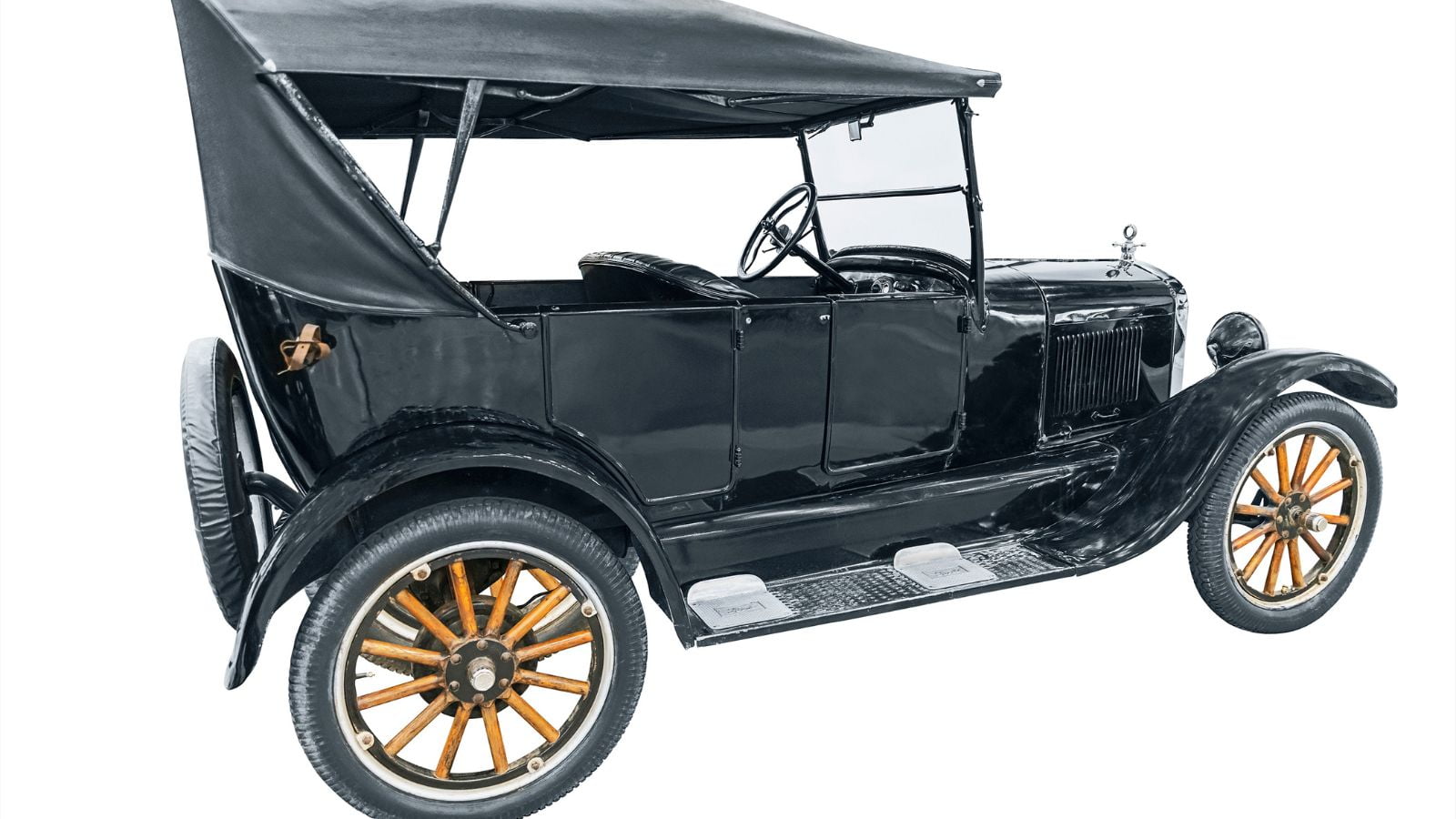
The Ford Model T is the car that put the world on wheels. While it may seem laughably primitive by today’s standards, this vehicle was nothing short of revolutionary in its time. With over 15 million units sold, it was durable, affordable, and could be repaired with a hammer and some optimism. Even today, plenty of Model Ts are still running, their engines chugging along like it’s 1927. Henry Ford certainly knew a thing or two about creating something that lasted.
BMW E30 (1982–1994)
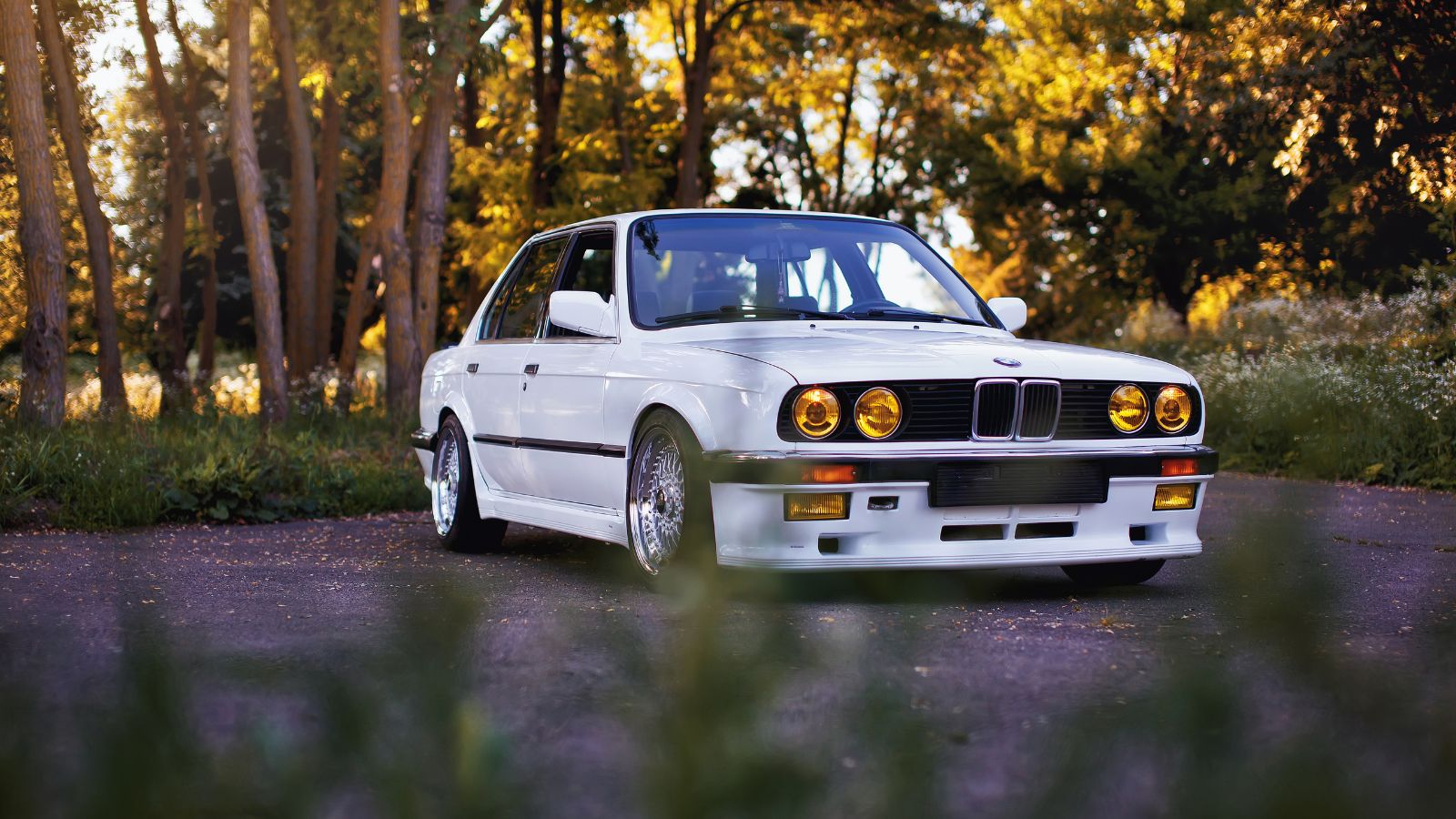
You know you’ve made something special when a car is still a staple at track days, even three decades later. The BMW E30, especially the M3 variant, is perhaps the most iconic version of the 3 Series. With a perfect balance of power, handling, and dependability, it’s no wonder that E30s still race circles around much younger cars. Their sturdy build and simple yet effective mechanicals make them a go-to choice for enthusiasts who want a daily driver that’s as much fun as it is reliable.
Citroën 2CV (1948–1990)

The Citroën 2CV was never about speed or luxury but was built to be indestructible. Designed to transport farmers and their goods across bumpy fields without breaking a single egg in the basket, this little beauty became the embodiment of simplicity. With a 29-horsepower engine (yes, just 29!), it was not winning any races, but it was more about the journey than the destination. Plus, the 2CV’s signature corrugated body was not just for looks; it was engineered for maximum strength and minimal weight.
Land Rover Series I-III (1948–1985)
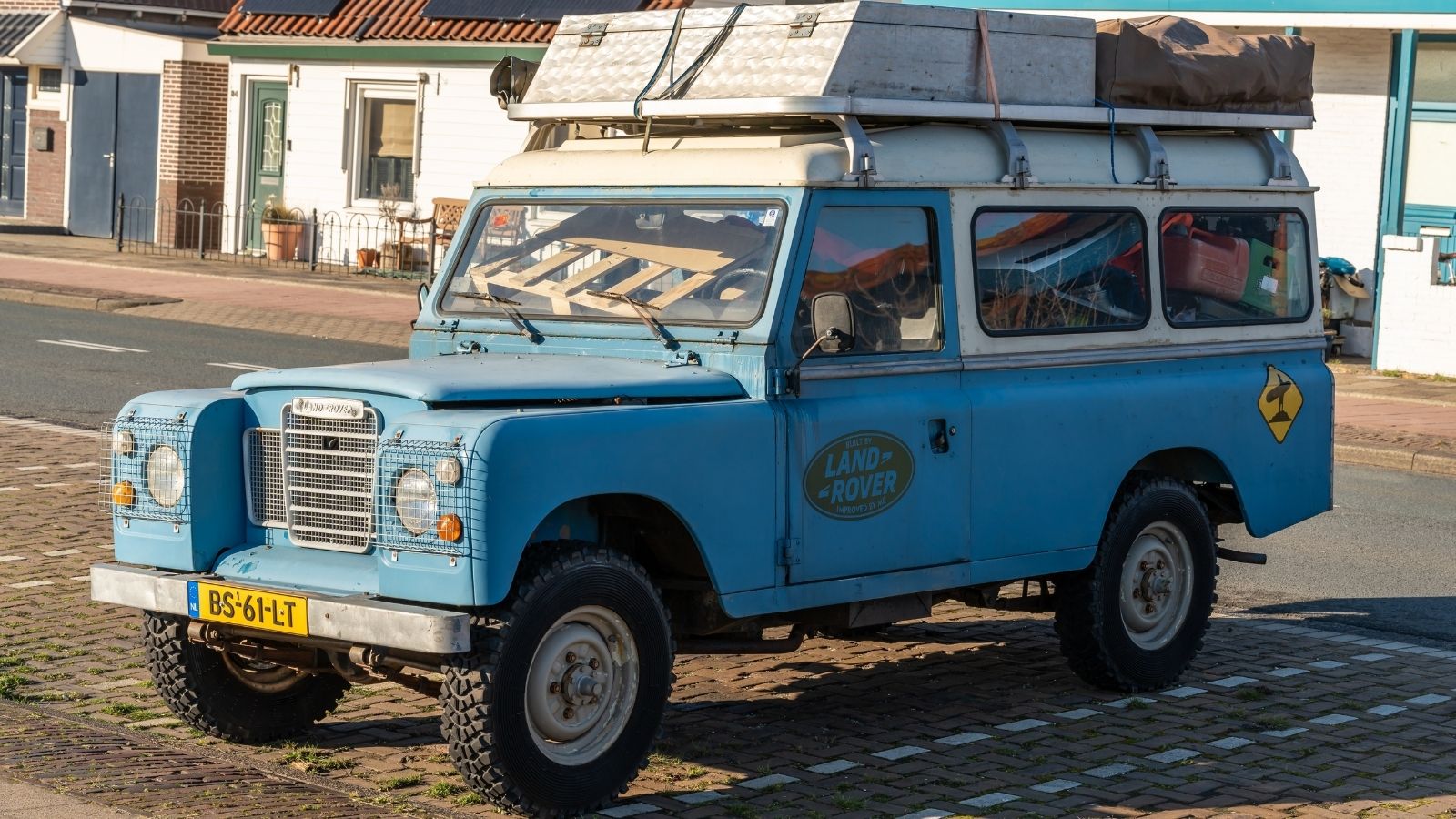
If the phrase “built like a tank” ever applied to a civilian vehicle, it’s the Land Rover. This vehicle’s ruggedness is legendary and often found in the harshest environments on Earth, from African savannas to the arctic tundra. Designed to be easily repaired in the field with essential tools (or rocks, if need be), these Land Rovers continue to run decades after being driven off the lot. A Series I or III Land Rover is more likely to retire from service because of boredom than mechanical failure.
Porsche 911 (1964–present)
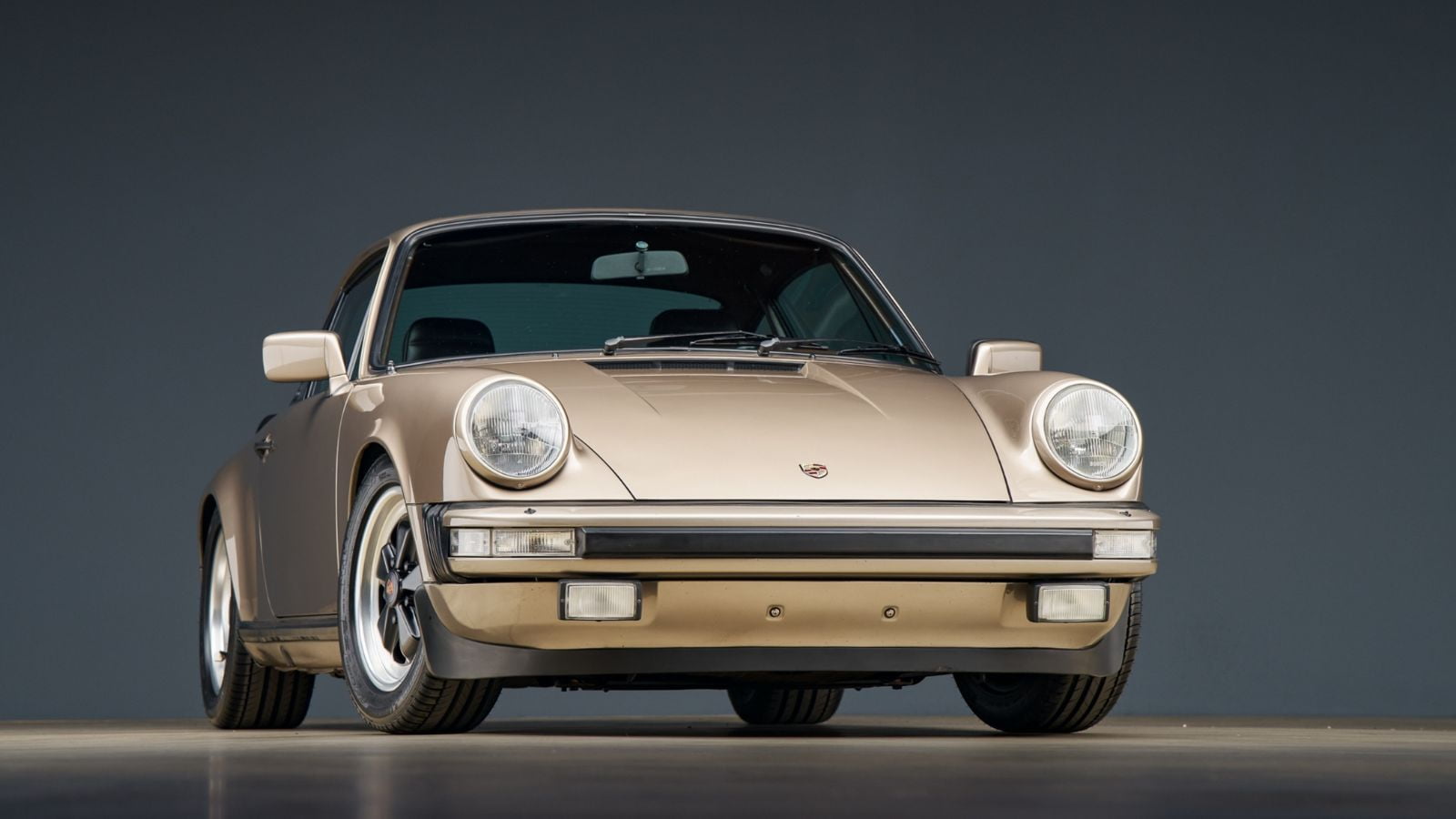
The Porsche 911 proves that you can have your cake and eat it too — if your cake is a 2-door sports car that’s both thrilling and reliable. Introduced in 1964, the 911 has gone through many evolutionary steps, but one thing has remained constant: this car doesn’t give up. Whether on the road or the racetrack, the 911 can handle the heat (literally, with its rear-engine design) and keep on going. It’s the solid sports car you take to work and the track without missing a beat.
Honda Civic (1972–present)
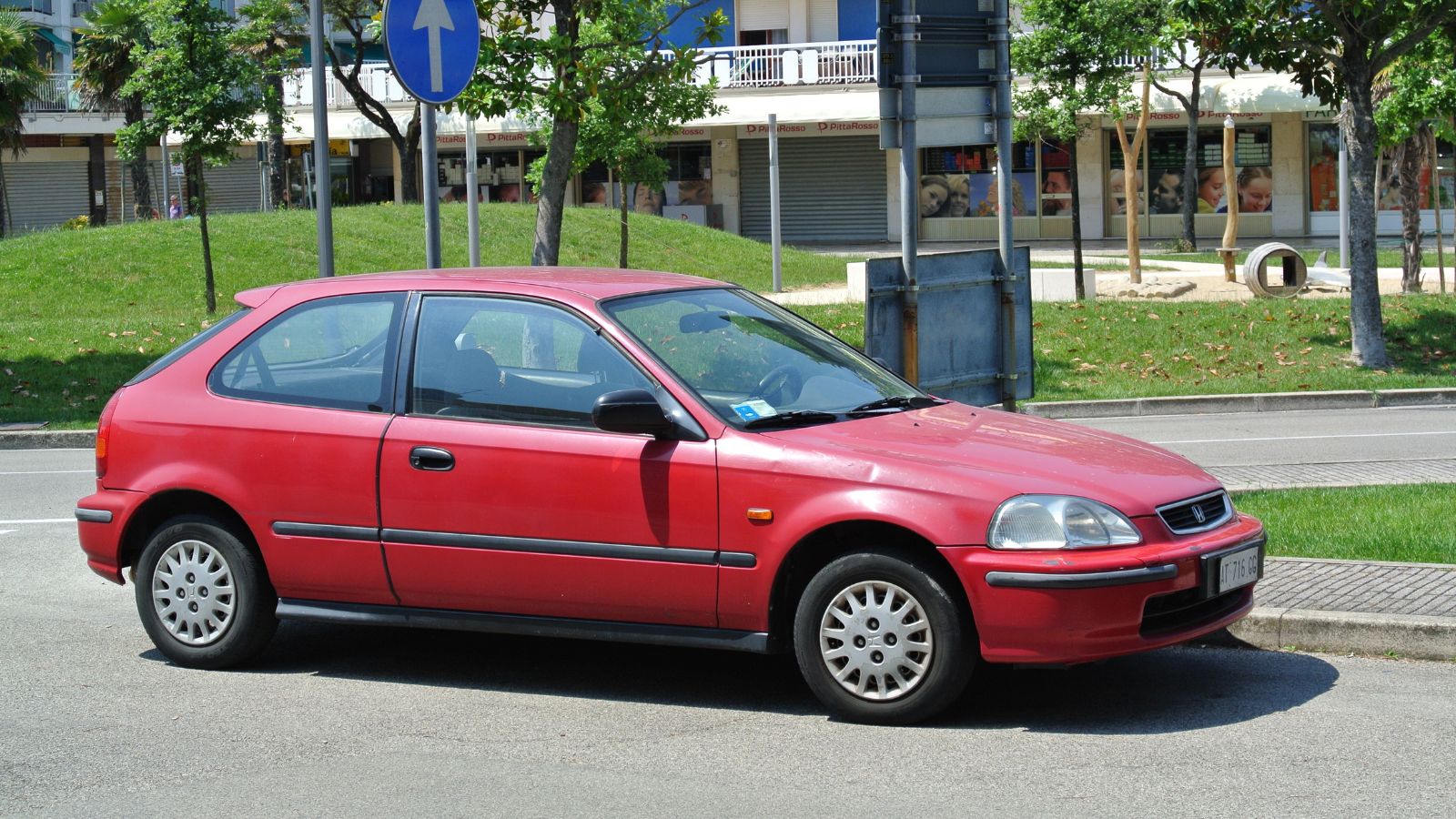
The Honda Civic is like that friend who’s always got their life together. Since its debut in 1972, this compact car has become a symbol of fuel efficiency. The early models had just 50 horsepower, but they didn’t need to be fast—they were saving gas when everyone else was draining their wallets. By the 1980s, the Civic had established itself as the go-to car for commuters, teenagers, and anyone needing something that worked. It’s been praised for its low maintenance costs, with some Civics still running after 300,000 miles.
Saab 900 (1978–1998)
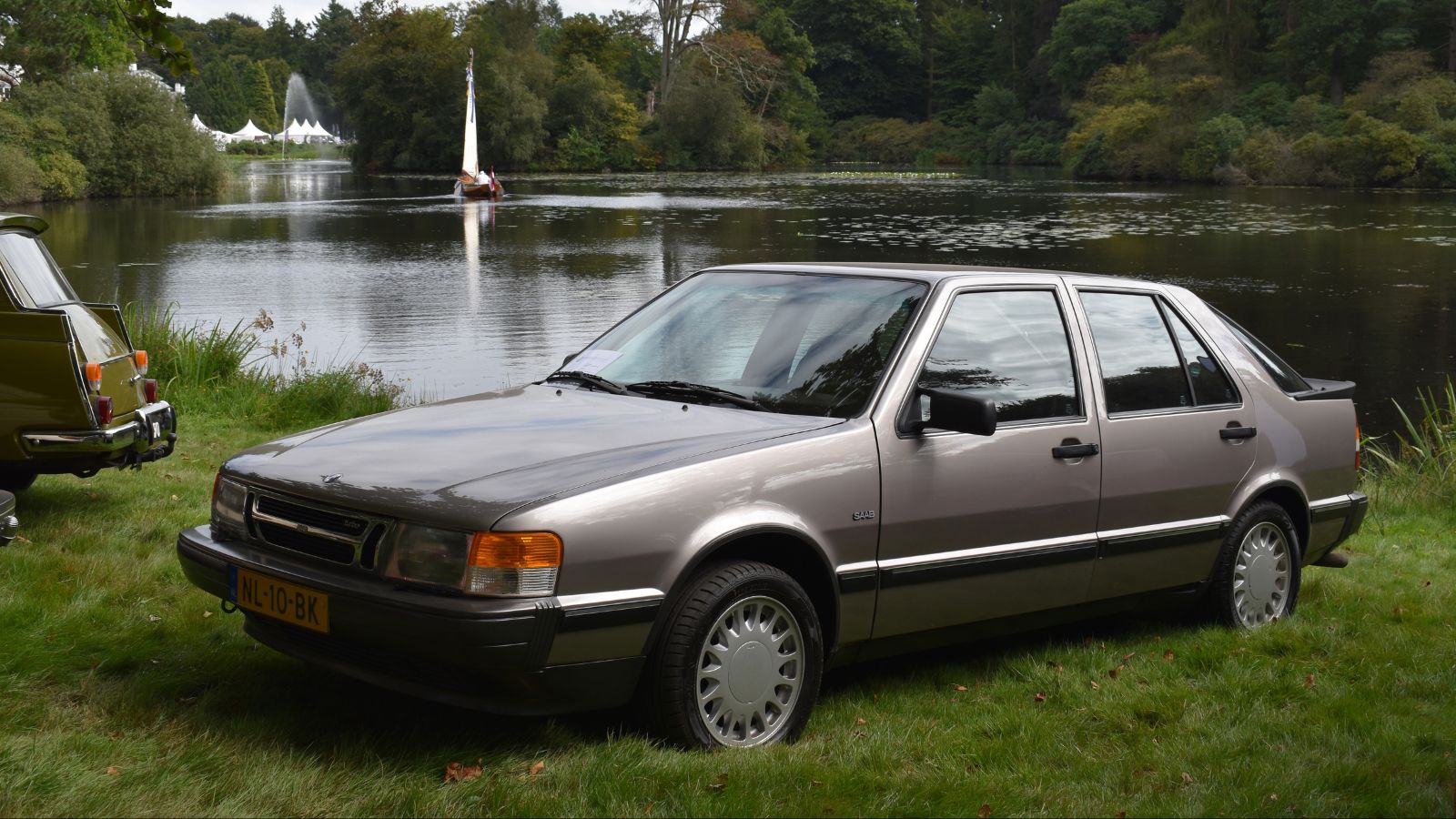
The Saab 900 was designed by people who cared deeply about engineering, quirky features, and indestructibility. Its turbocharged engine was ahead of its time, offering a rare mix of power and durability. With its distinctive curved windshield (designed to improve aerodynamics), the Saab 900 looked like it was always ready for takeoff. This car wasn’t just cool — it was safe and could survive Scandinavian winters without a shiver. Also, the ignition was famously located between the seats (for reasons only Saab engineers could explain), and the turbo lag was something of a legend in itself.
Datsun 240Z (1969–1978)

The Datsun 240Z didn’t just look fast; it was fast, good-looking, and affordable — a trifecta that made it one of the most beloved sports cars of its time. Born in an era when European sports cars were outrageously priced or temperamental, the 240Z swooped in like a knight in shiny chrome. Powered by a 2.4-liter straight-six engine that delivered 151 horsepower, this beauty could go from 0 to 60 mph in just 8 seconds — which, for the 1970s, was fast enough to make your bell bottoms flutter. Even today, finding a 240Z in good condition is like finding a pearl in an oyster, but those with one know they’ve got a gem.
Jeep CJ (1944–1986)
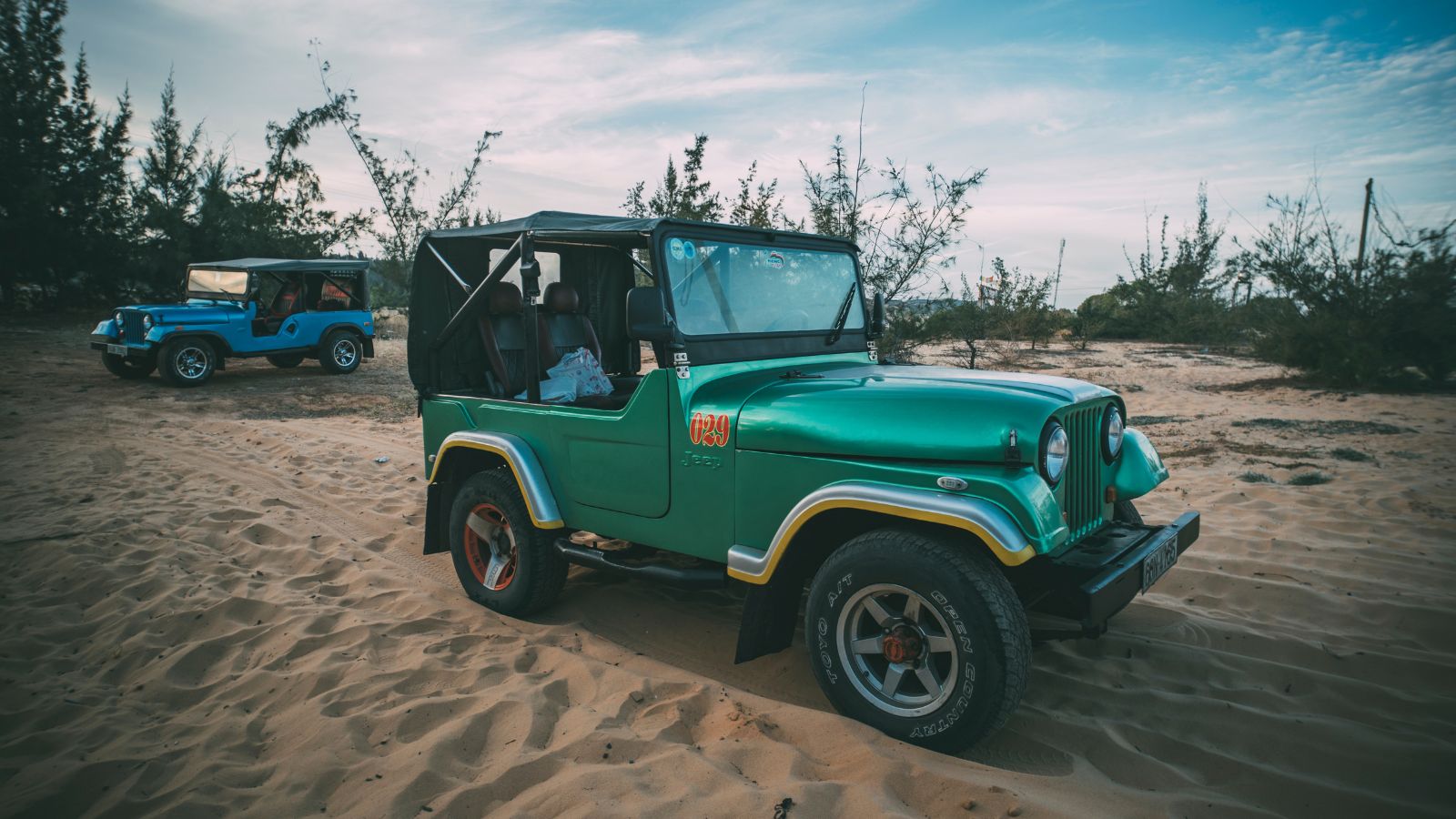
The Jeep CJ (Civilian Jeep), produced from 1944 to 1986, is the baseline for today’s fancy SUVs. Born from the military’s need during World War II, the CJ was designed to handle war zones — and anything else thrown its way. Powered by engines like the “Go Devil” and “Hurricane,” the CJ could chug through mud, mountains, and most other terrain. Its simple, no-nonsense design made it easy to fix in the field, often with little more than duct tape.
Chevrolet Corvette (1953–present)
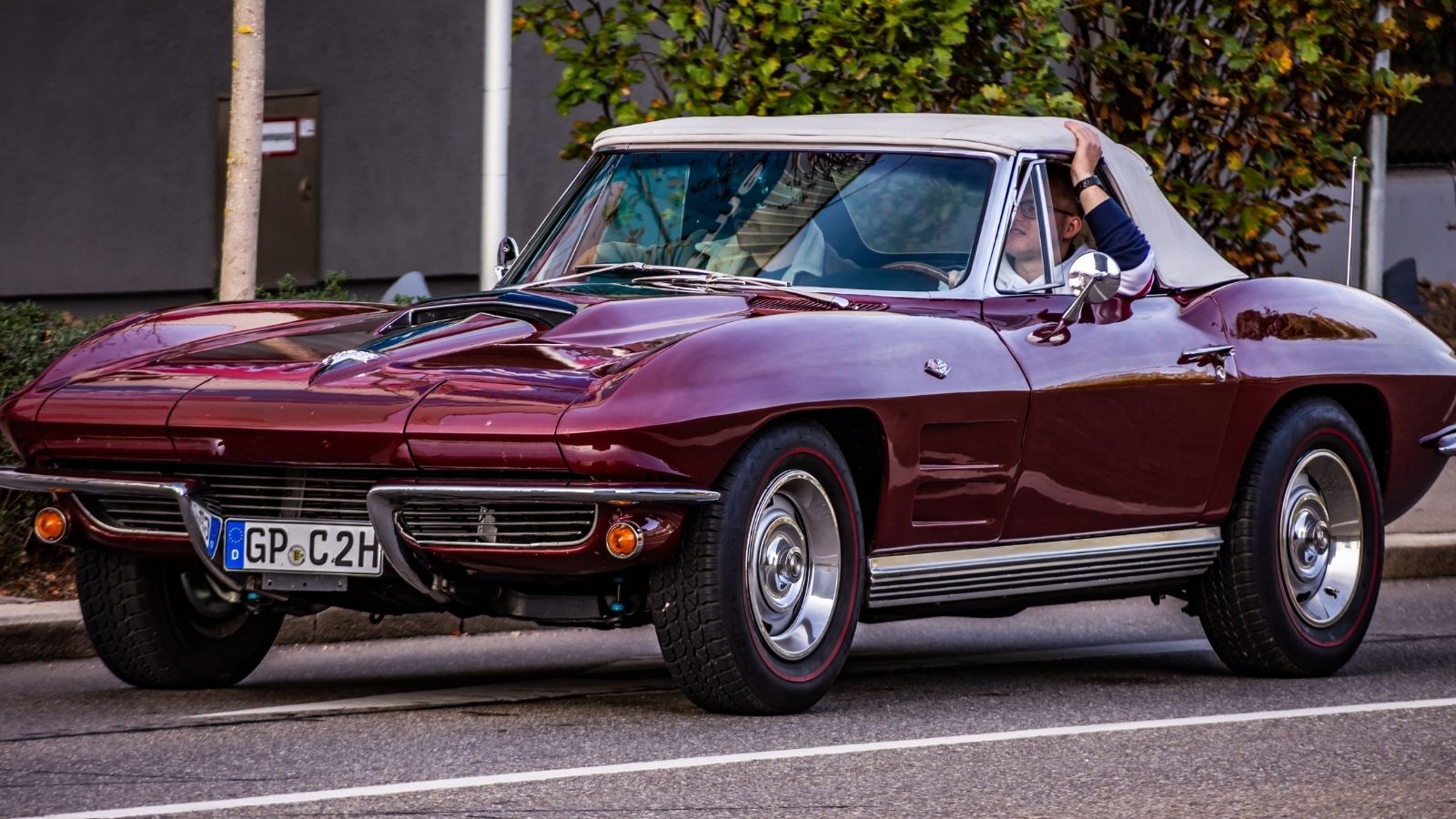
The Chevrolet Corvette is the American muscle car that refuses to go quietly into the night. Since its debut in 1953, the ‘Vette has been a symbol of speed, power, and resilience. Over the decades, the ‘Vette has gone from humble fiberglass beginnings to a roaring supercar that can hold its own against European rivals. By the time the 1963 Sting Ray hit the scene, the Corvette was already the stuff of legends, boasting a V8 engine and sleek, shark-like design. Not just a pretty face, though, as the Corvette has also dominated the racetrack, especially at Le Mans.
Alfa Romeo Spider (1966–1994)
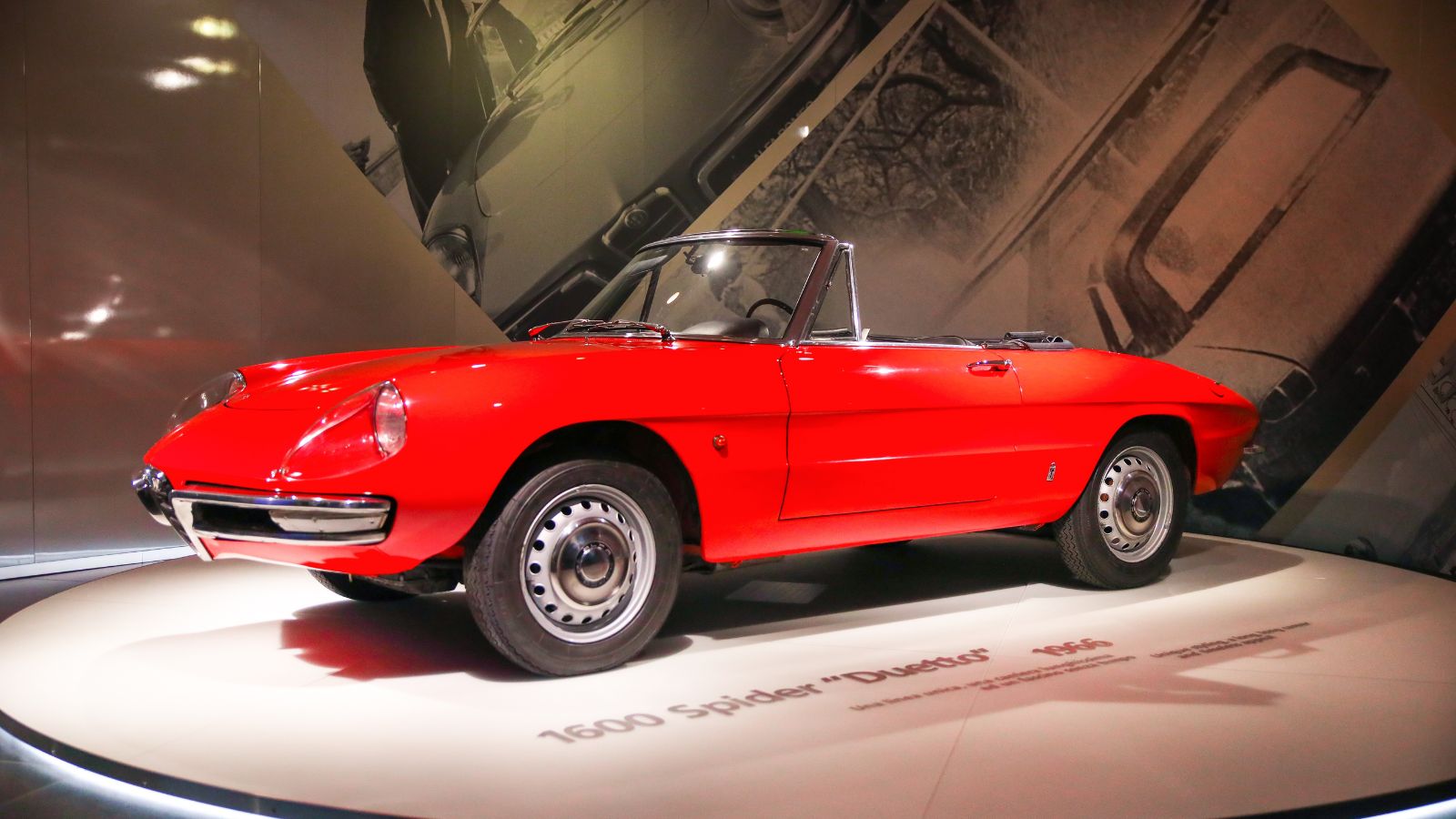
Sure, Alfa Romeos have a reputation for being temperamental, but the Alfa Romeo Spider laughs in the face of that stereotype. Powered by a range of inline-four engines, from 1.3L to 2.0L, the Spider wasn’t just about looks. Despite its occasional “character quirks” (read: electrical gremlins), it delivered lively performance and handling. Over its nearly three-decade run, Alfa produced several series, each keeping the original charm while introducing modest upgrades.
Mercedes-Benz G-Class (1979–present)
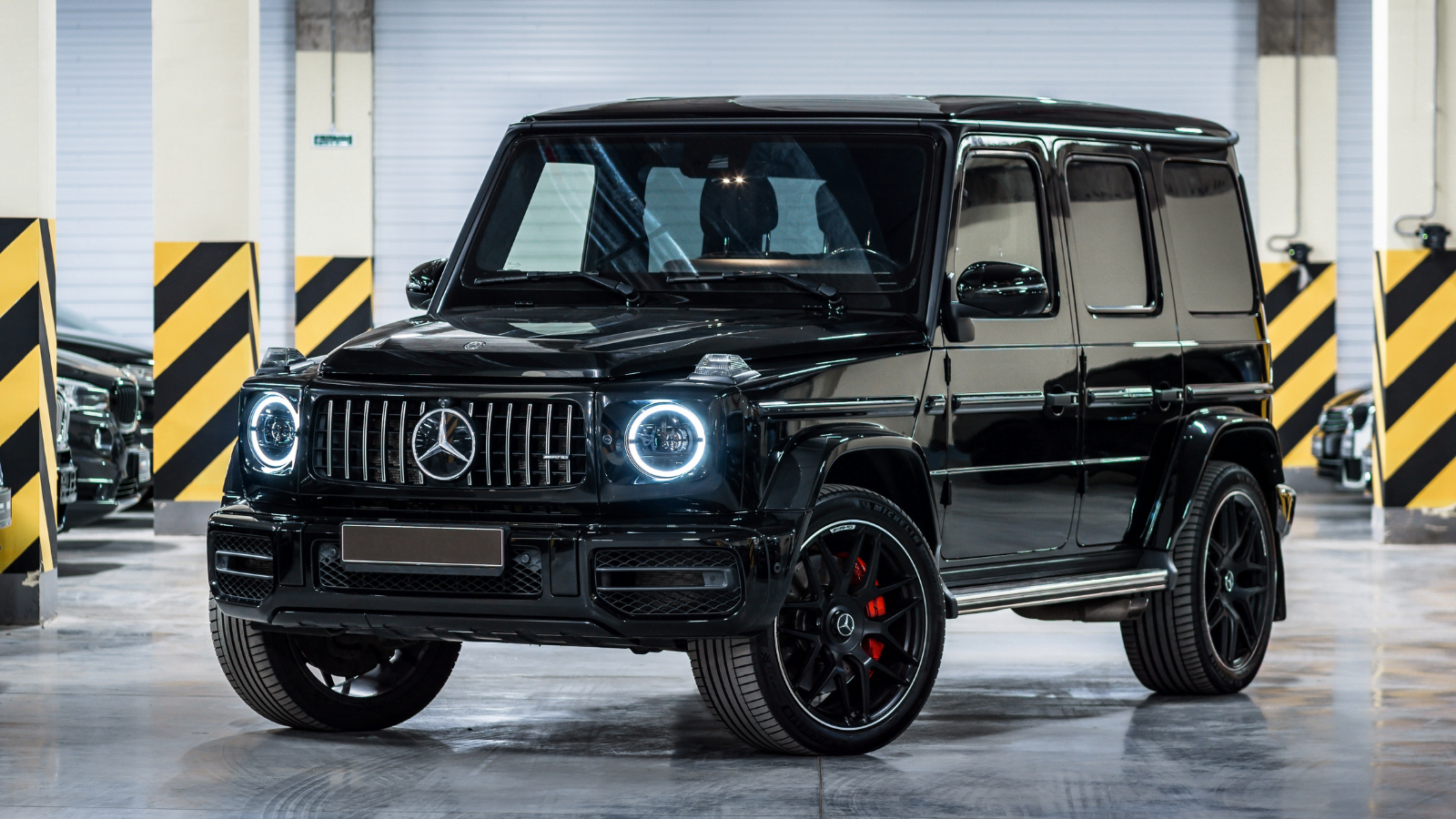
The Mercedes-Benz G-Class, affectionately known as the G-Wagen, was designed for military use but quickly found its way into the garages of the rich and famous. Despite its luxury SUV status today, the G-Class can still tackle off-road challenges with its three locking differentials, solid axles, and a ladder-frame chassis that could survive a meteor strike. 1990 is when it began its transition into celebrity garages because who wouldn’t want a bulletproof ride with a luxury badge? Underneath the posh exterior, though, it retains its rugged soul. It’s the only car to turn heads in Beverly Hills and crawl up a rocky mountain like Sunday brunch.
Jaguar XJ6 (1968–1992)
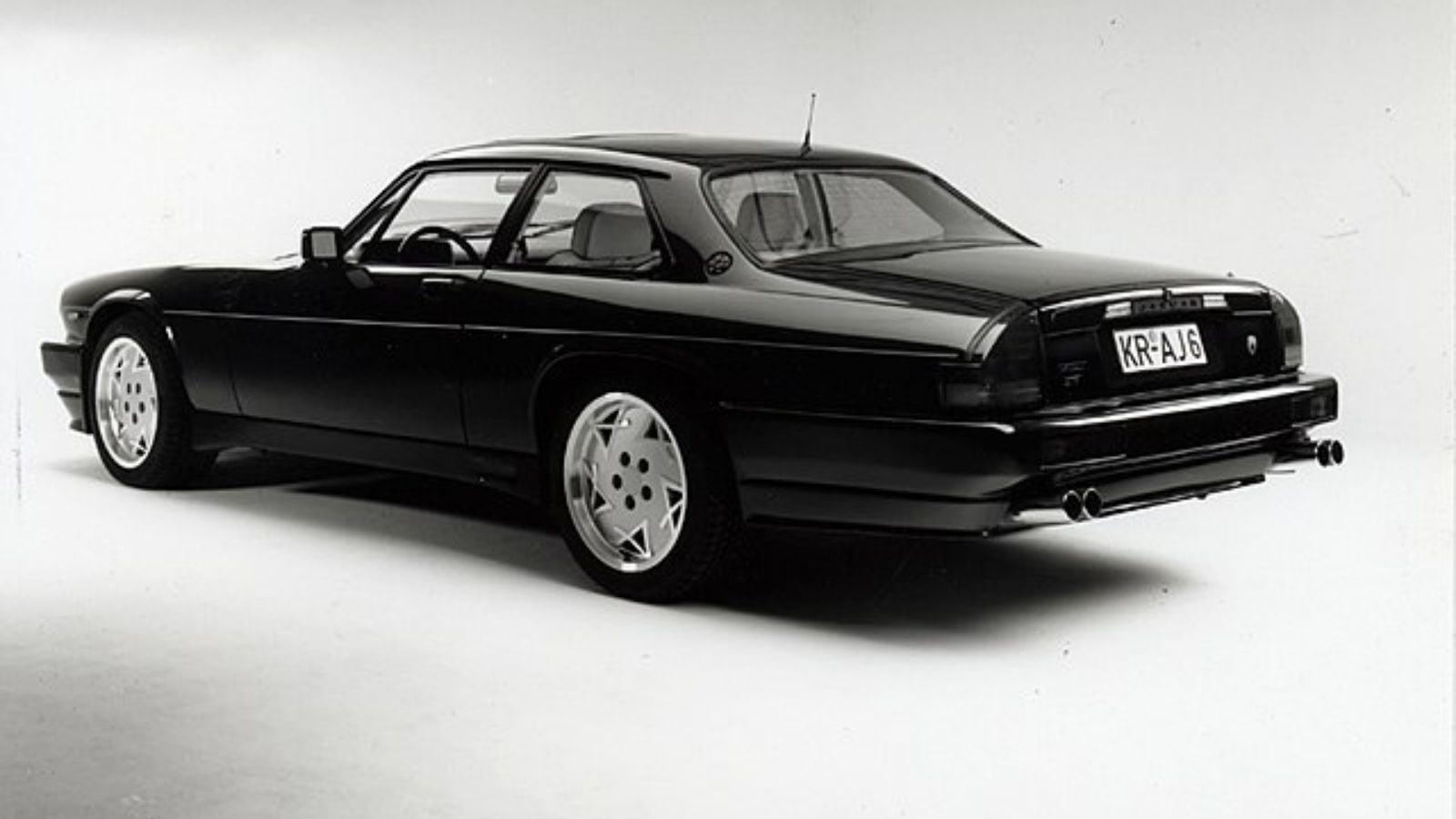
Jaguar might not be the first name you associate with reliability, but the XJ6 is an exception. It combined British charm (think leather and wood trim) with engineering that occasionally kept you guessing. Despite a reputation for electrical gremlins, this sedan had a loyal following, thanks to its comfort, style, and handling that made you feel like you were gliding on air. Also, a fun fact: Queen Elizabeth II had one, so if it’s good enough for the Queen, indeed, it’s worth a spot on this list. Also, with over two decades in production, the XJ6 cemented itself as a timeless icon, blending luxury with a sprinkle of British eccentricity.
Subaru Brat (1978–1994)
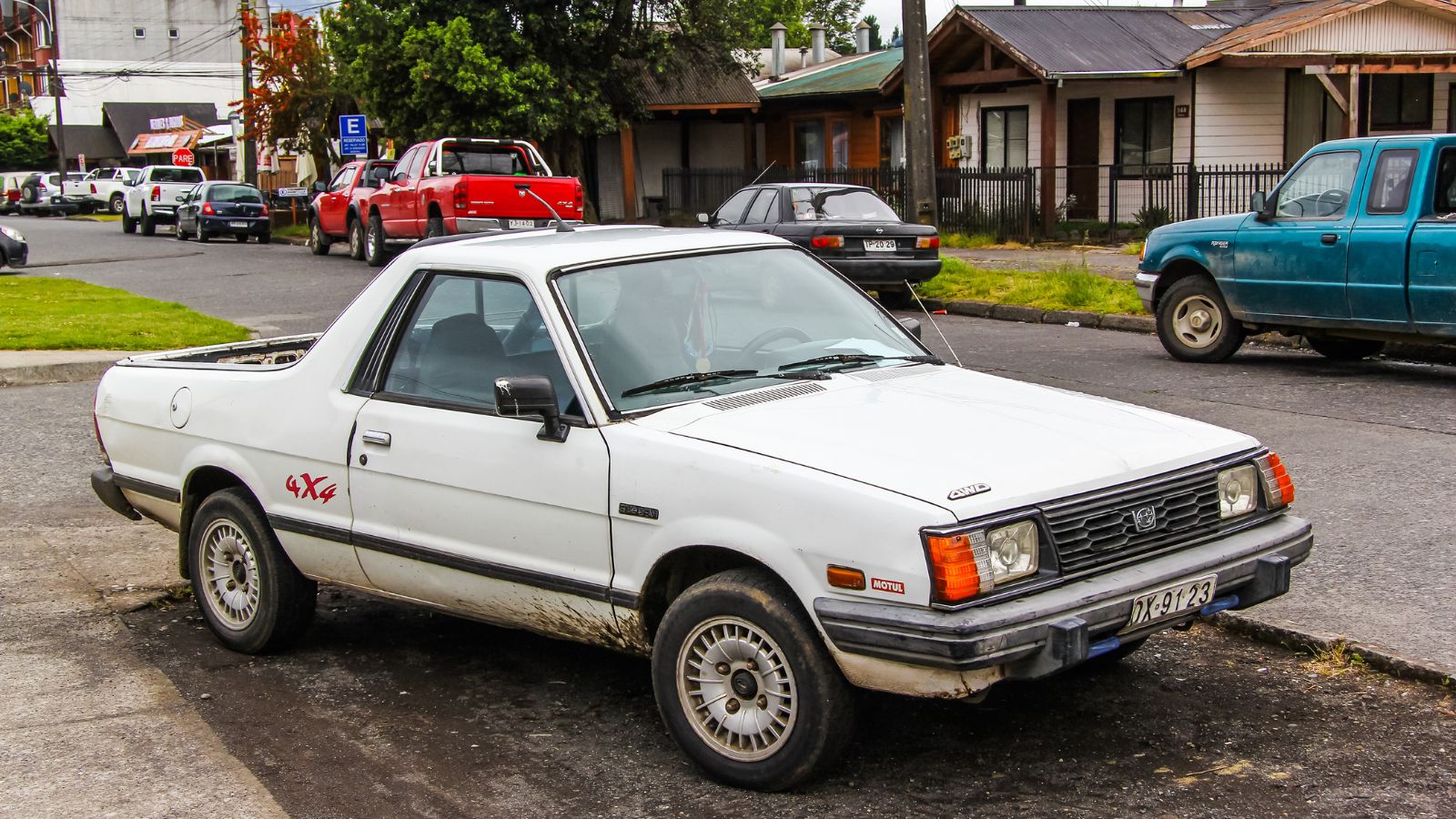
The Subaru Brat was a weird mix of a car and a truck, but it worked. This pint-sized utility vehicle featured a flat-four engine, giving it just enough pep to make it feel like a sports car while still being able to haul your groceries. With its unique “jump seats” in the bed, it practically begged for impromptu road trips and tailgate parties. The Brat was also a pioneer in all-wheel drive, allowing it to tackle snow, mud, and the occasional farmer’s market with equal ease. Despite its quirky looks, the Brat has gained a cult following for its reliability and fun factor.
12 Cars That Are Known for Their Unbreakable Reliability — They Just Don’t Quit
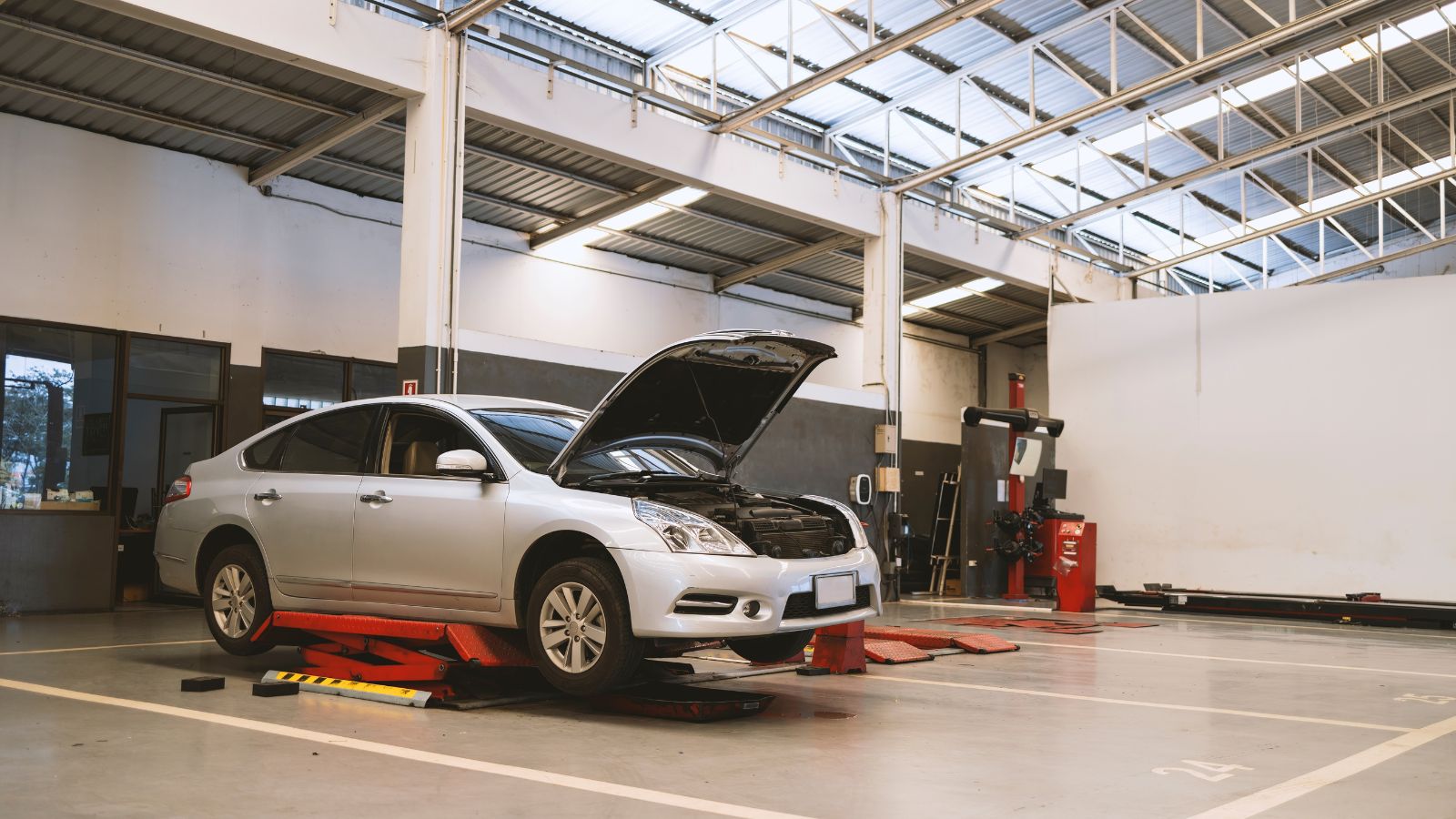
Reliability is a core feature that defines a vehicle. Over the last few decades, some vehicles have emerged as a reliable and durable option, standing out as workhorses that never quit. These vehicles not only prove themselves in terms of performance but transcend their role and become reliable partners, always fulfilling their role. Here are 12 Cars known for their unbreakable reliability.
12 Cars That Are Known for Their Unbreakable Reliability — They Just Don’t Quit